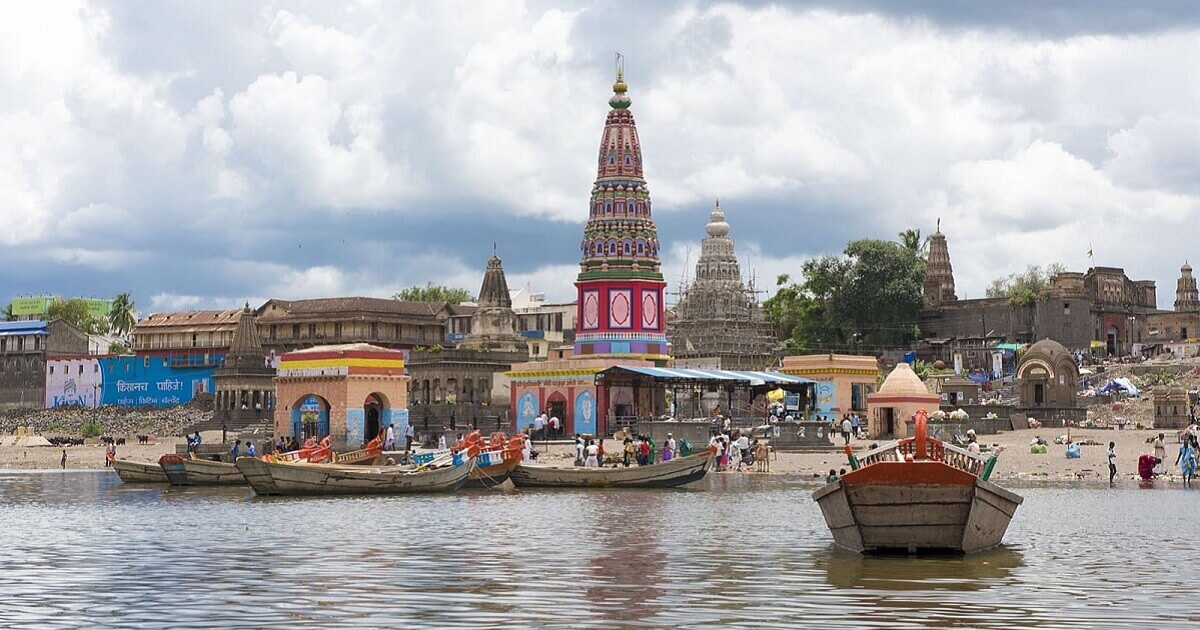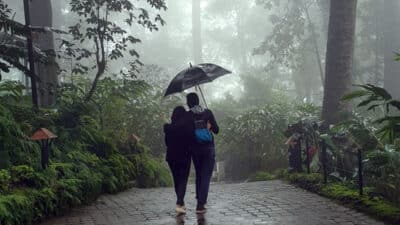While July marks the heart of the monsoon season in India, it is also one of the most spiritually significant months in the Hindu calendar. The month of Shravan (Sawan) is sacred pilgrimage sites in India for devotees of Lord Shiva, and several important yatras and temple festivals take place across the country during this time.
For spiritual travelers, pilgrims, and cultural enthusiasts, July offers a rare opportunity to experience religious fervor, mass devotion, and deep-rooted traditions—many of which are centuries old. From the snow-covered paths of Kashmir to the rain-soaked ghats of Maharashtra, here are 6 pilgrimage sites to visit in July, including planning tips and internal links to help guide your journey.
1. Amarnath Yatra, Jammu & Kashmir
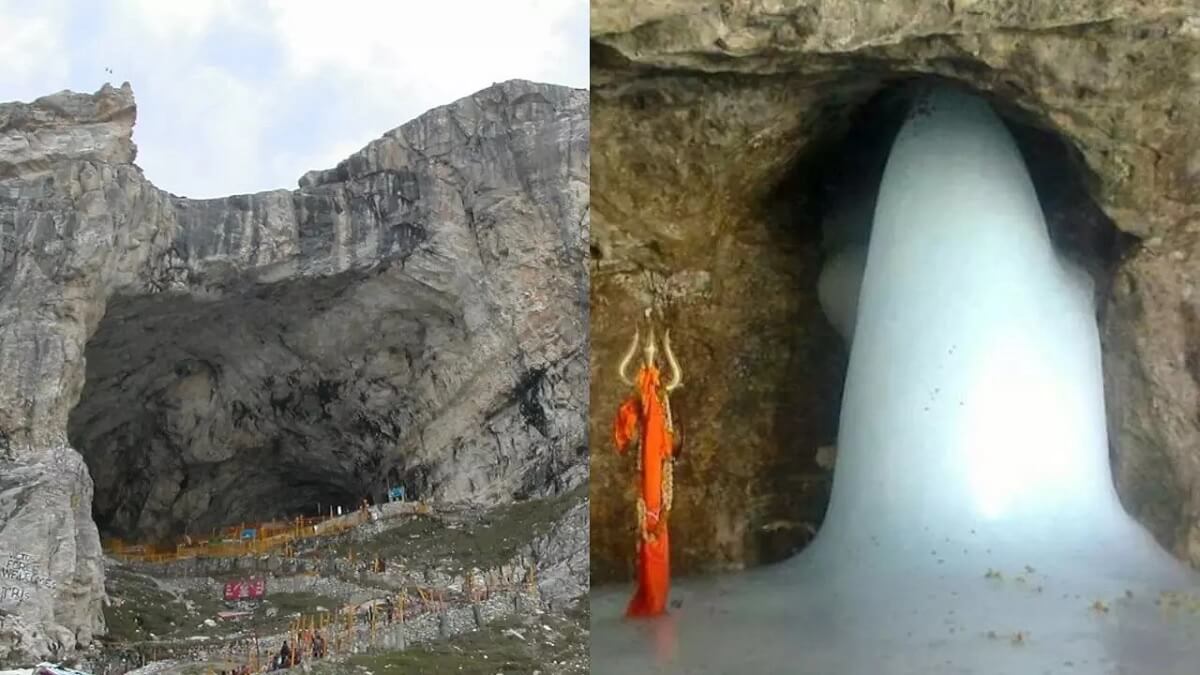
One of the most iconic and challenging Hindu pilgrimage Sites, the Amarnath Yatra takes place each year in the Shravan month (June–August). Pilgrims trek to the Amarnath Cave, located at an altitude of over 12,700 feet, to witness the naturally formed ice Shiva Lingam, believed to represent Lord Shiva.
The trek begins either from Pahalgam or Baltal, and the route passes through snowfields, glaciers, and scenic valleys. Helicopter services are also available for devotees who may not be able to complete the full trek. Despite the monsoon, thousands of pilgrims make the journey in July, particularly on auspicious dates like Shravan Purnima and Nag Panchami.
To help plan your trip, check our detailed Amarnath Yatra helicopter travel guide and Kashmir in July tips for nearby attractions.
Ideal for: Devotees of Shiva, adventure pilgrims
Travel Tip: Acclimatize for at least a day in Sonmarg or Pahalgam before the ascent.
2. Pandharpur Wari, Maharashtra
The Pandharpur Wari is one of the world’s largest and most unique foot pilgrimages, held every July. Devotees, known as warkaris, walk for over 250 kilometers over several weeks to reach the Vitthal-Rukmini Temple in Pandharpur, Maharashtra, on Ashadhi Ekadashi.
This 700-year-old tradition is not just a religious journey but also a celebration of Bhakti (devotion) through singing, dancing, and spiritual unity. The main procession, or Palkhi, starts from Alandi (Sant Dnyaneshwar’s town) and Dehu (Sant Tukaram’s town), growing into a wave of saffron-clad devotees.
Pandharpur comes alive with devotional music, communal meals, and spiritual discourses during this time. Though the journey is physically demanding, the atmosphere is uplifting and deeply moving.
For travelers interested in cultural and spiritual experiences, this is a living tradition worth witnessing. Pair it with visits to Ajanta-Ellora or explore offbeat Maharashtra with our hidden gems in India guide.
Ideal for: Bhakti movement enthusiasts, cultural travelers
Travel Tip: Book local stays in advance—Pandharpur gets very crowded around Ekadashi.
3. Somnath Jyotirlinga, Gujarat

Located on the Arabian Sea coast, Somnath Temple is one of the 12 Jyotirlingas and holds immense significance in Shiva worship. In July, during the Shravan month, the temple hosts daily Rudrabhishek rituals, special aartis, and cultural programs. How to Travel to Somnath Temple from Delhi
The temple itself is architecturally stunning, with the sea forming a dramatic backdrop for evening prayers. Devotees often also visit nearby sacred sites like Triveni Sangam and Bhalka Tirth, where Lord Krishna is believed to have departed his earthly form.
For travelers seeking a spiritual coastal journey, Somnath in July combines devotion with the beauty of the monsoon waves.
Plan your trip with help from our Somnath travel guide and nearby Triveni Sangam insights.
Ideal for: Shiva devotees, family pilgrims, temple photographers
Travel Tip: Visit early in the morning or at sunset for the most peaceful experience.
4. Kedarnath Temple, Uttarakhand
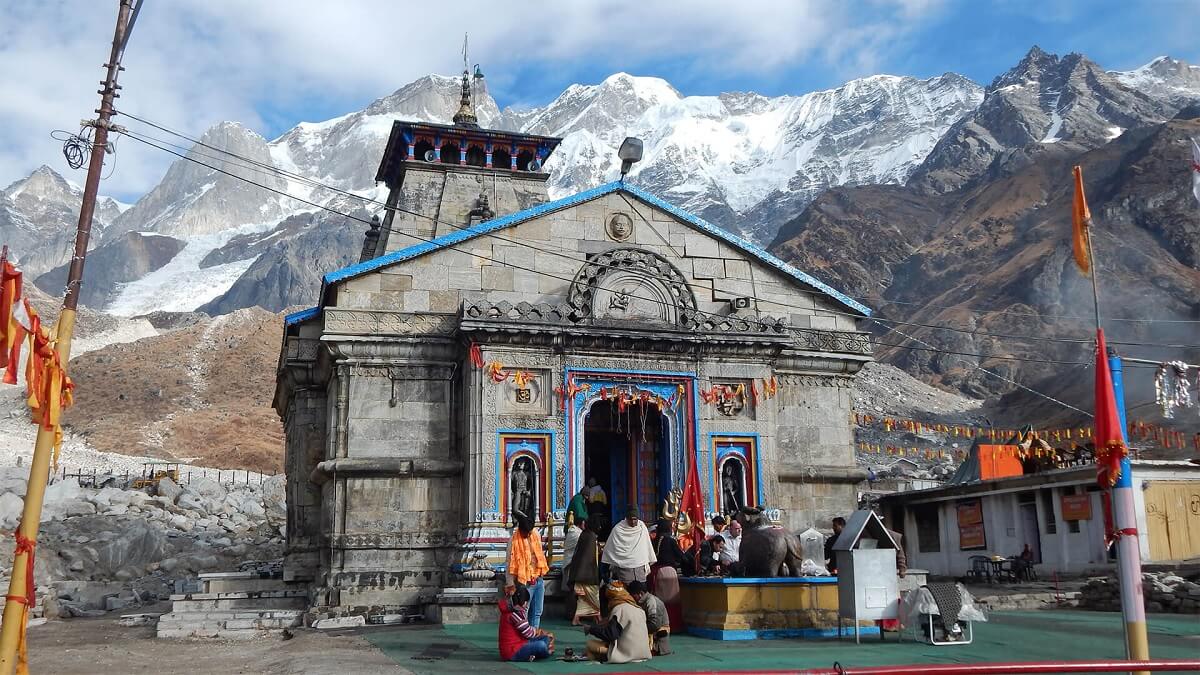
July is one of the busiest months for pilgrims at Kedarnath, one of the Char Dham sites and a revered Jyotirlinga. Despite the monsoon, thousands of devotees trek or take helicopter services to reach the Kedarnath Temple, nestled in the Garhwal Himalayas. Kedarnath Dham Route Map
The rains add to the spiritual atmosphere—clouds swirling over peaks, rivers gushing along the trail, and the temple standing stoic amidst it all. Due to unpredictable weather, planning and fitness are key. It’s best to start the trek early in the morning and stay updated on road conditions.
Combine your pilgrimage Sites with visits to Guptkashi or Rudraprayag, and consult our blog on how to reach Kedarnath from Delhi or Dehradun for transport options.
Ideal for: Devoted pilgrims, adventure seekers
Travel Tip: Book your Kedarnath Yatra pass and hotel stays well in advance due to limited availability.
5. Trimbakeshwar Jyotirlinga, Maharashtra
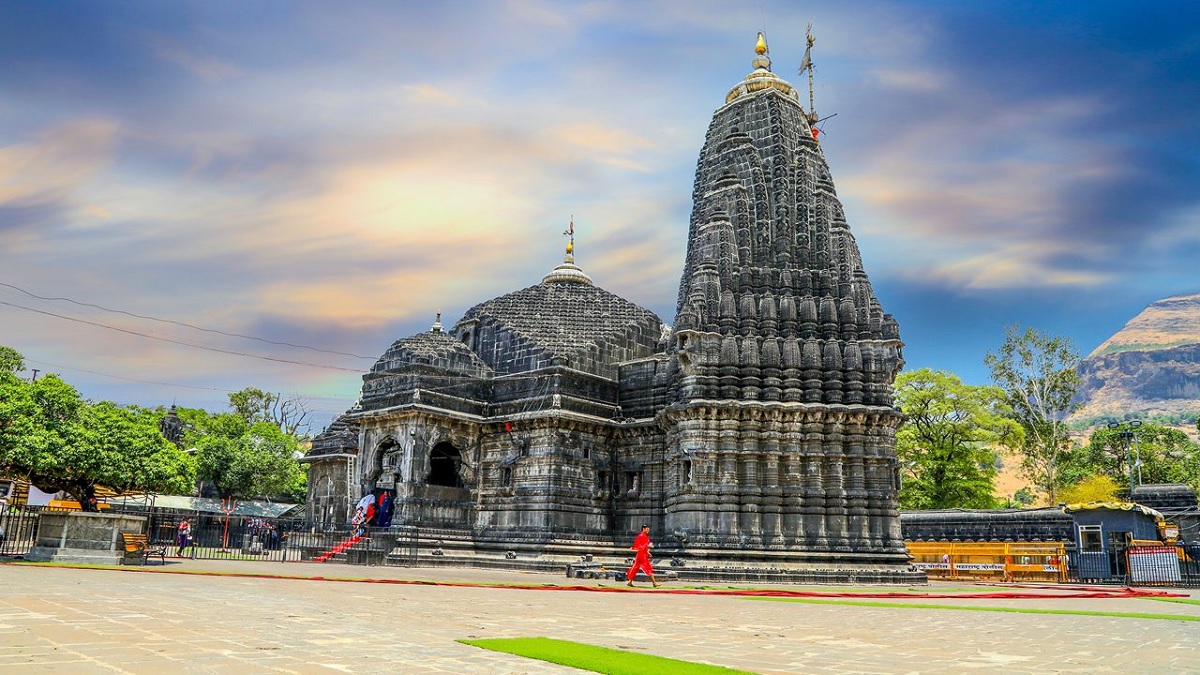
Located in Nashik, Trimbakeshwar Temple is another important Jyotirlinga that sees high footfall during Shravan month. It is the origin of the Godavari River, and the confluence of faith, water, and nature makes it one of the most sacred spots in Maharashtra.
In July, the temple hosts elaborate Shravan Somvar rituals, attracting devotees from across the state. The Brahmagiri Hills behind the temple become lush and inviting, perfect for short hikes post-darshan.
Our blog on how to reach Trimbakeshwar Jyotirlinga offers transportation tips and nearby attractions.
Ideal for: Shiva devotees, temple enthusiasts
Travel Tip: Visit early on Mondays to witness special Shravan rituals. Places to Visit Near Pune
6. Neelkanth Mahadev Temple, Rishikesh
A lesser-known but incredibly powerful shrine, Neelkanth Mahadev Temple is situated in the hills near Rishikesh and is dedicated to the form of Lord Shiva who drank poison during the churning of the ocean. In July, the temple becomes a key pilgrimage sites during Kanwar Yatra, with devotees bringing sacred Ganga water from Haridwar to offer at the shrine.
Surrounded by forested hills and monsoon mist, the temple offers a peaceful escape and a deeply spiritual setting. The trek from Swarg Ashram to the temple is popular among young devotees, though shared taxis are also available.
While in Rishikesh, explore nearby spiritual sites using our Rishikesh January travel guide and Neelkanth Temple guide.
Ideal for: Monsoon pilgrims, Shiva bhakts, Rishikesh travelers
Travel Tip: Carry rain protection; the roads to Neelkanth can be slippery post-rain. Pilgrimage Sites in India
Conclusion: Shravan Travel for pilgrimage sites
The month of Shravan in July is more than just a time for rituals—it’s a spiritual journey, a cultural awakening, and an opportunity to connect with India’s living faith. Whether you walk with the Warkaris to Pandharpur, trek the sacred heights of Kedarnath and Amarnath, or experience monsoon magic at Somnath and Rishikesh, each destination offers a profound and unforgettable experience.
For smoother travel, check our guides on:
- Pilgrimage sites in India during May
- How to Book Train Tickets in India
- Travel tips for visiting temples
You Might Also Like:
